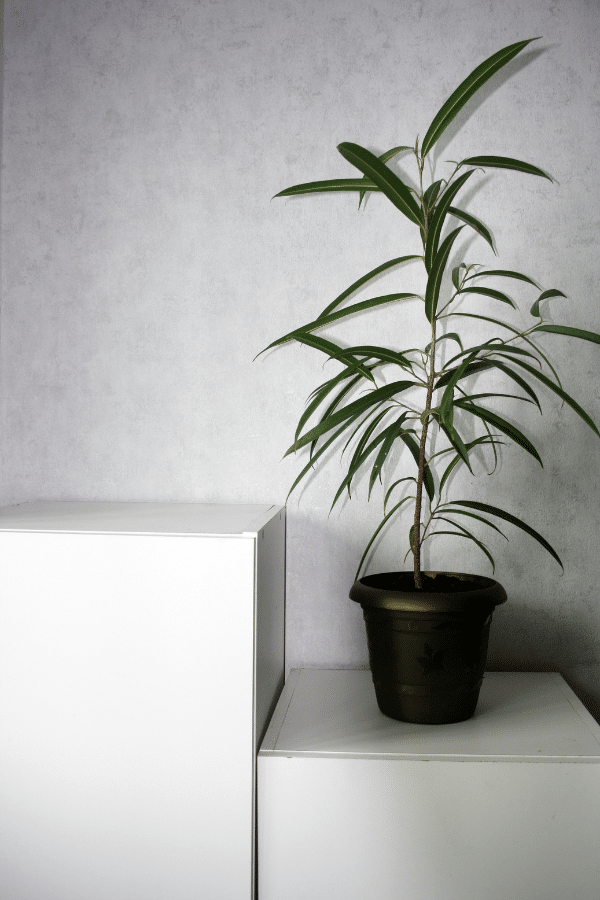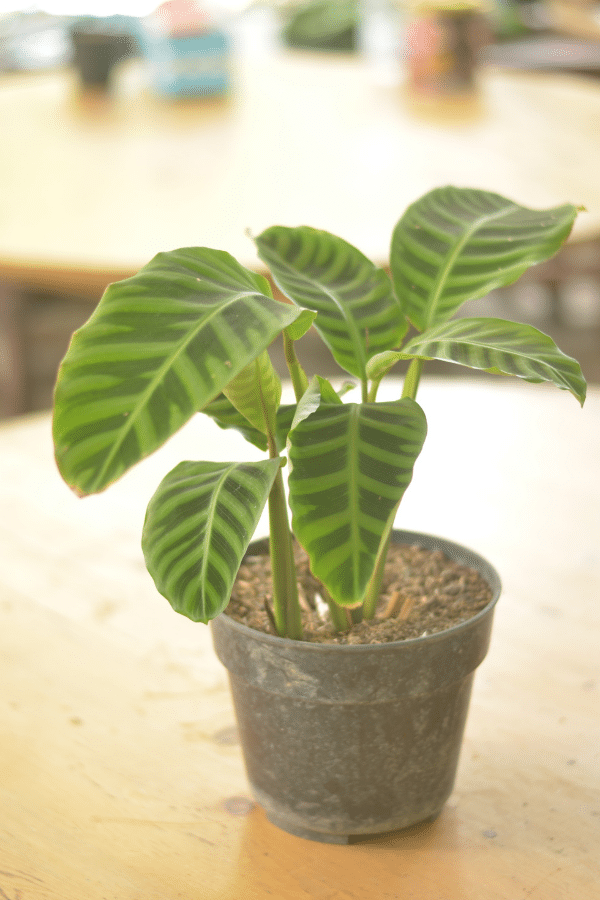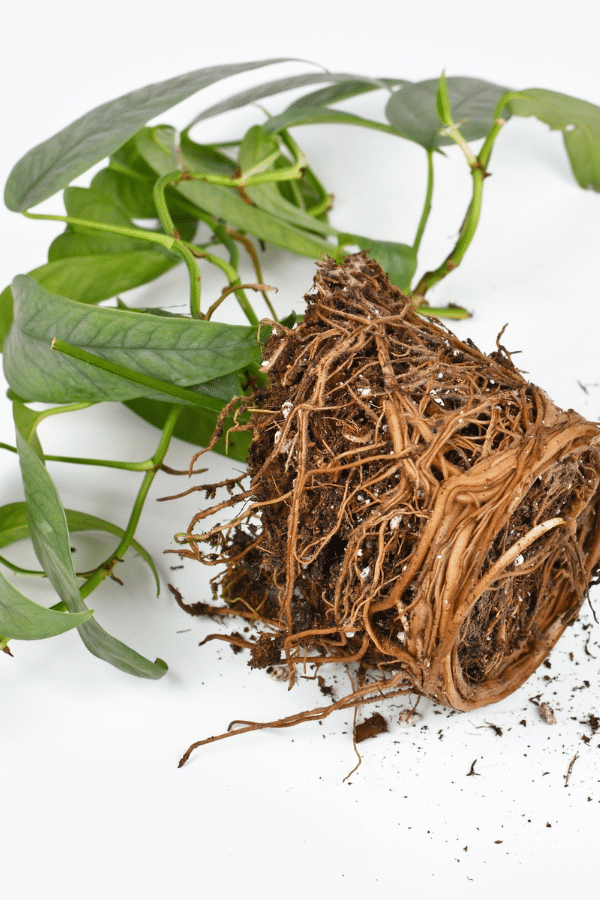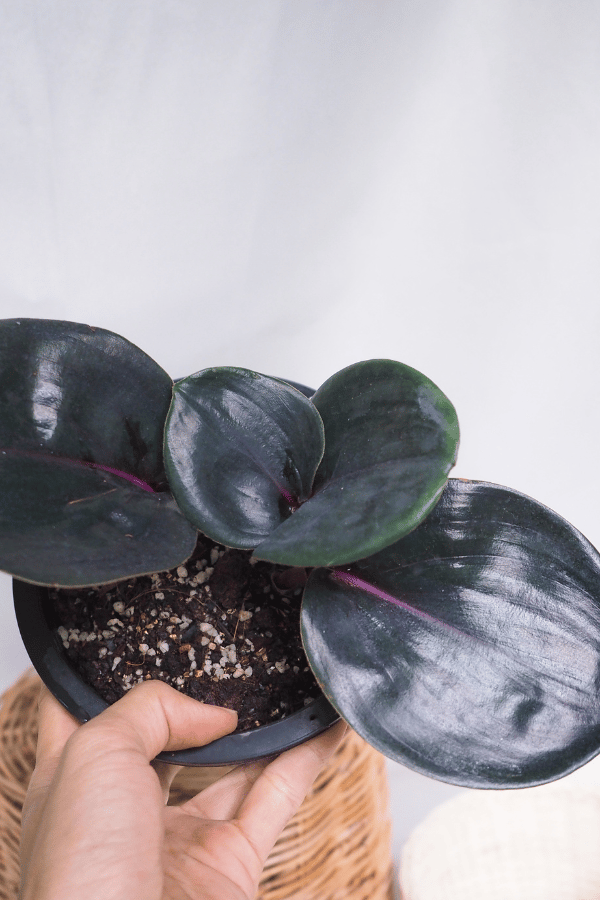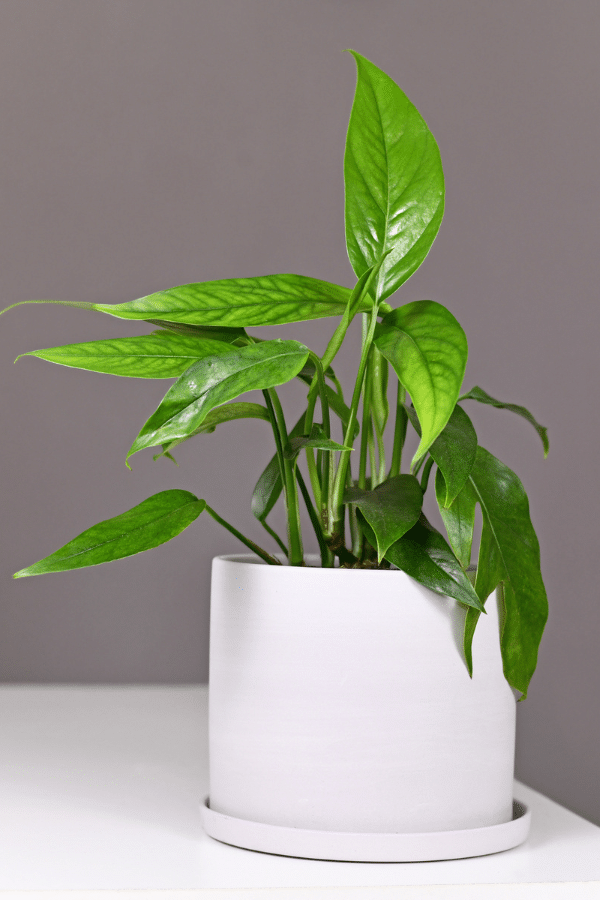Areca Palm
Areca Palm care is an easy Palm to grow and care for. If you are looking for a Palm plant to bring into your home, then a Dypsis Lutescens Palm may be for you.
Scientific Name: Dypsis Lutescens
To give this Palm plant the best care, it requires well-draining soil, water the plant when the top two inches of the soil is dry, provide it with bright indirect sunlight, temperatures ranging from 65-75F, and average humidity levels.
Quick Care Overview
| Common Name | Areca Palm |
| Scientific Name | Dypsis Lutescens |
| Family | Arecaceae |
| Origin | Madagascar |
| Growth Rate | Slow |
| Identification | Upward arching feathery green fronds |
| Height | Up to 8 feet tall |
| Soil | Well-draining soil |
| Water | Water when top two inches of soil is dry |
| Temperature | 65-75F |
| Sunlight | Bright indirect sunlight |
| Toxic to Cats & Dogs | No |
| Toxic to Humans | No |
| Pests | Scale, mealybugs, spider mites, aphids, whitefly |
| Diseases | Lethal yellowing |
Below we will dive deep into this Areca Palm care guide.
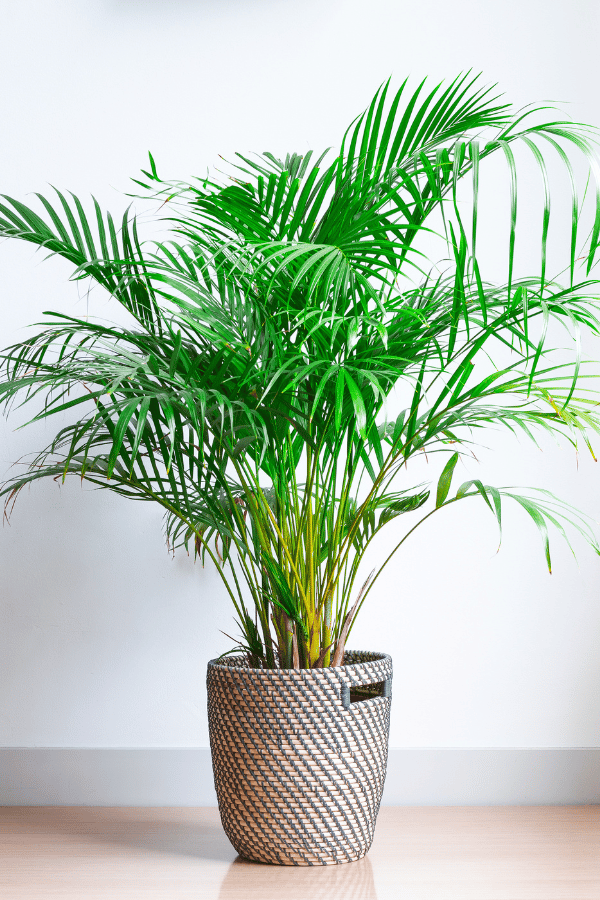
Areca Palm History
Madagascar native, Dypsis Lutescens, otherwise known as the Areca Palm, Butterfly Palm, Golden Cane Palm, Yellow Palm, and Golden Feather Palm was recently considered an endangered species due to habitat loss in its native environment. However, these beautiful plants may now be seen in garden centers across the globe. These clumping palms are reminiscent of bamboo and have smooth, golden trunks with narrow full fronds. Often used as a privacy screen, these plants may also be grown indoors as a houseplant.
Areca Palm Identification
Presenting with upward arching feathery fronds, each frond of the Areca Palm has between 60-100 pinnate-shaped leaves. Trunks are smooth and appear golden to silvery-green.
Areca Palm Growth Facts
The Areca Palm has a slow to moderate growth rate. When grown outdoors, this species may grow up to 30 feet tall with a spread of 20 feet. However, when grown indoors, they remain much smaller.
How Big Does an Areca Palm Get?
When grown indoors, the Areca Palm will rarely grow above 8 feet.
Areca Palm Care
One thing to remember when growing the Areca Palm indoors is that they require a lot of bright light. Therefore, unless grown near a very sunny window such as a west-facing or south-facing window, it will be beneficial to your palm to be brought outdoors during warm weather to get the sunlight they crave.
Areca Palm Soil
The Areca Palm does best when grown in an airy growing medium with good drainage such as a peat-based potting mix. Sand or perlite may be incorporated to improve the porousness of the growing medium.
Areca Palm Fertilizer
The Areca Palm is considered a heavy feeder and will require monthly fertilization during the growing season to receive all of the micronutrients the plant needs. Select a balanced liquid fertilizer and fertilize monthly until late fall. Do not fertilize in winter when the plant is dormant. Ensure that you follow all label instructions to avoid overfeeding and chemical burn.
Areca Palm Watering
As with many other Palms, the Areca Palm likes to remain moist but not oversaturated with water. This plant is very sensitive to overwatering and chemicals in tap water. Watering your plant with rainwater, filtered, or distilled water is best. Allow your growing medium to dry out 2-3 inches before rewatering.
Areca Palm Light Requirements
Areca Palm trees require plenty of bright light. It’s grown in full sun in its natural climate. Therefore, if grown indoors, they should be placed next to a very sunny window, preferably with southern exposure to receive enough light. Direct sunlight can burn the leaves.
Areca Palm Temperature & Humidity
As a tropical plant, the Areca Palm likes to always remain above 50 degrees Fahrenheit. Therefore, indoor Areca Palms can be kept between 65-75 degrees. If grown indoors, you should keep your plant away from AC units, heaters, and cold windows as this plant does not tolerate sudden fluctuations in temperature well. High humidity is best for this plant. If your palm does not receive sufficient moisture, leaf tips will brown.
Repotting Areca Palm
Areca Palms prefer to remain slightly rootbound, which will help keep your Palm compact in size and suitable for indoor growing. However, every two years, you should refresh your plant’s soil. If the plant’s root ball becomes too large to fit within its container comfortably, it’s time to repot. Choose a pot with drainage holes that is one container size up, or about two inches larger than the current pot. Repot your plant, preferably in early spring, refresh the soil, tamp down lightly, water thoroughly, and place in indirect light.
Areca Palm Maintenance & Pruning
Dead or diseased fronds may be periodically pruned off the Areca Lutescens as needed using sharp, clean shears. However, you should not clip off fronds that have browned tips, as this is normal. Pruning off browned tips may stop growth of that branch.
Areca Palm Propagation
Areca Palms may be easily propagated through root division. Root division is most successful when completed in spring. Select a mature plant with multiple stems and water thoroughly 24 hours before propagating to propagate. Select 4-5 stems and remove them from the mother plant using a sharp, sterilized blade. Place the divided stem clump into its container with fresh soil and water thoroughly and place it in indirect light.

Areca Palm Toxicity
Toxicity to Humans
The Areca Palm is not considered toxic to humans. Still, it is not considered edible.
Toxicity to Cats & Dogs
Luckily, the Areca Palm is not considered toxic to cats and dogs. Still, you should avoid allowing your pet to consume this plant, as it may cause harm to the plant and cause digestive upset to your animal
Areca Palm Problems
Areca Palm Leaves Turning Yellow
Areca Palms may turn yellow due to poor water quality, nutritional imbalances, temperature, or over or under watering.
Areca Palm Leaves Turning Brown
Areca Palm tips and foliage may turn brown due to too much or too little watering, insufficient light, poor water quality, low humidity, or overfertilization.
Areca Palm Diseases
Areca Palms are considered relatively disease-resistant. Occasionally, this Palm may become infected by an untreatable disease called lethal yellowing. However, as certain bacteria-carrying insects spread this, it is unlikely to infect indoor plants.
Areca Palm Pests
Areca Palms may become susceptible to common indoor houseplant pests such as mites, mealybugs, scale, aphids, whiteflies, and more. Upon identifying an infestation, isolate your plant, and treat it with a pesticide such as neem oil or insecticidal soap.

